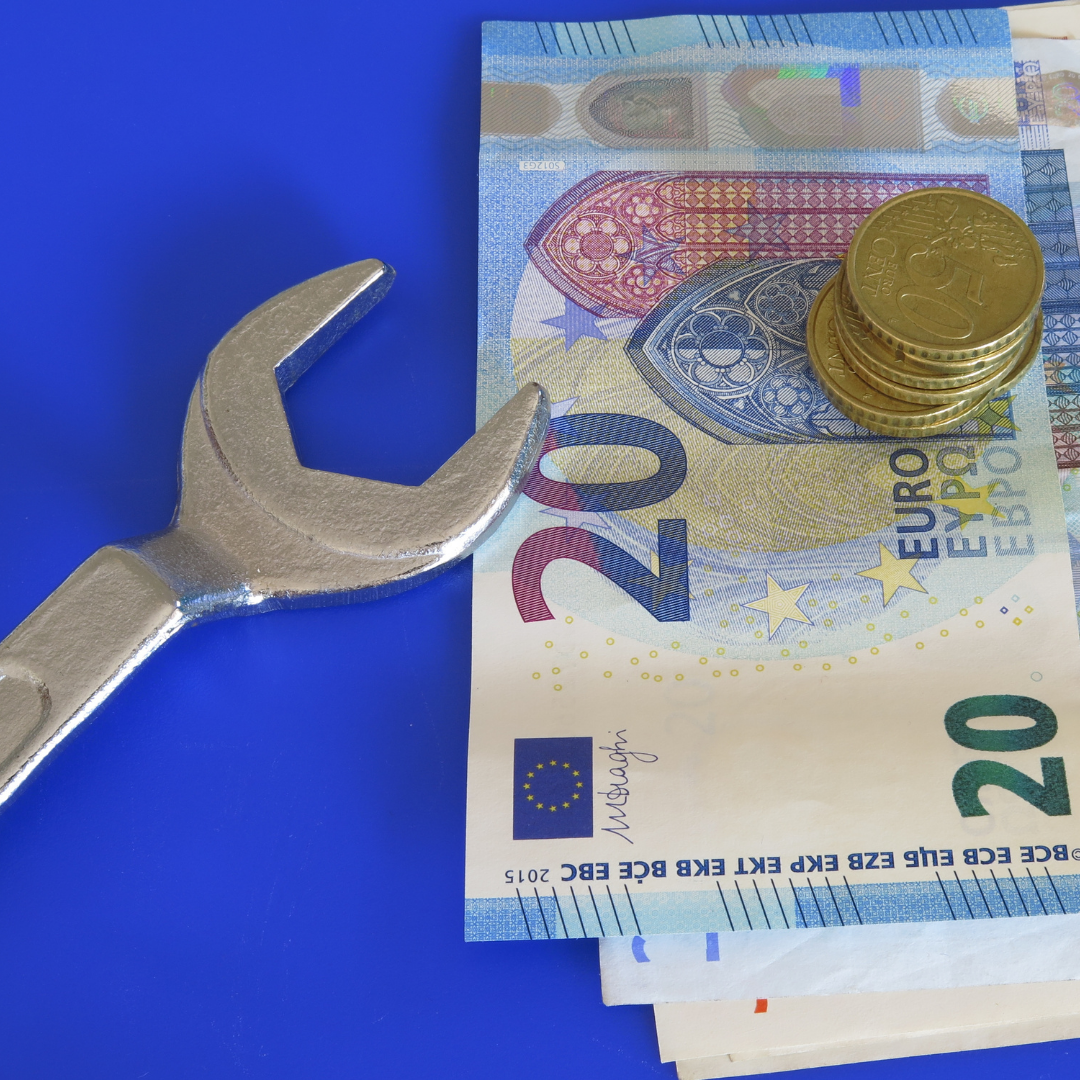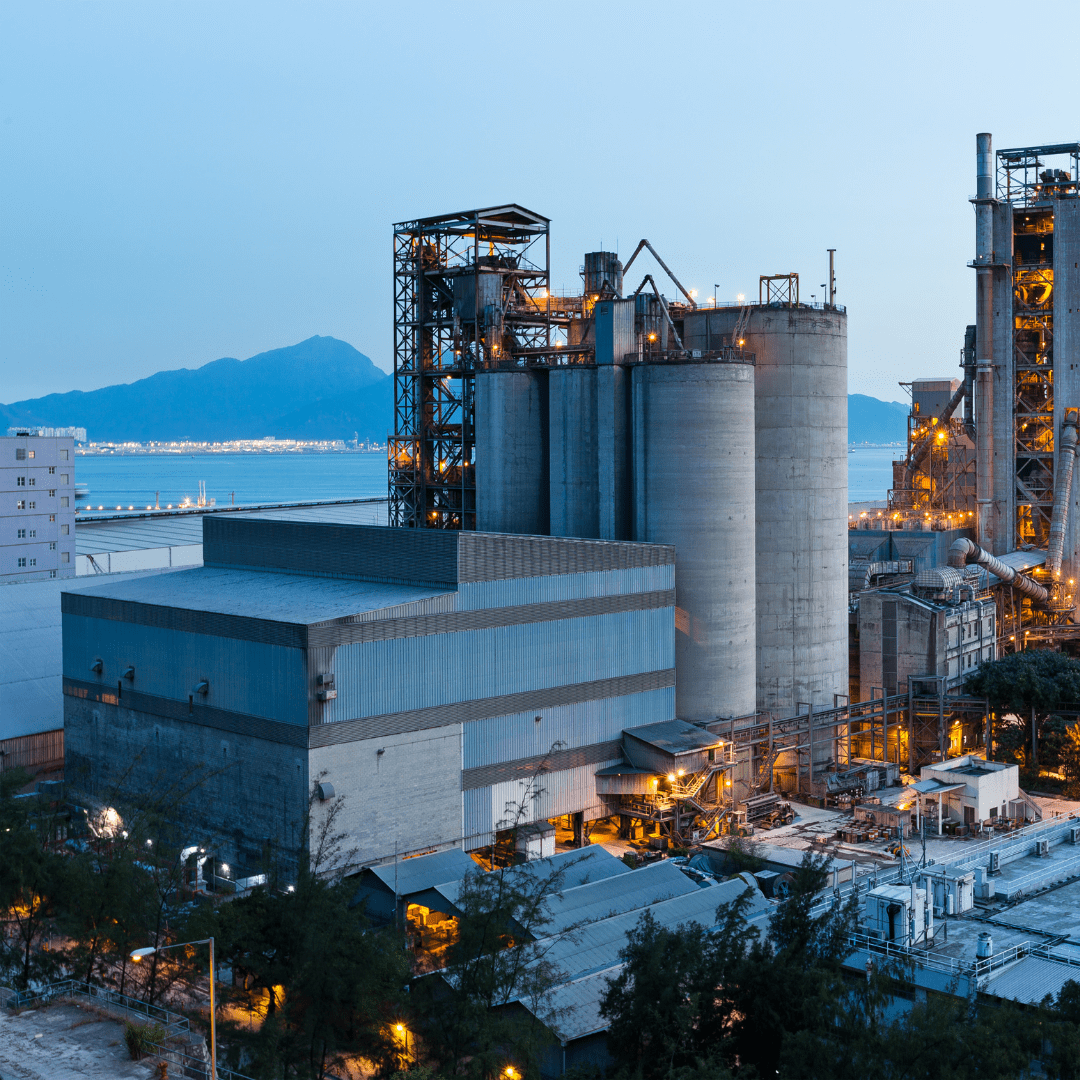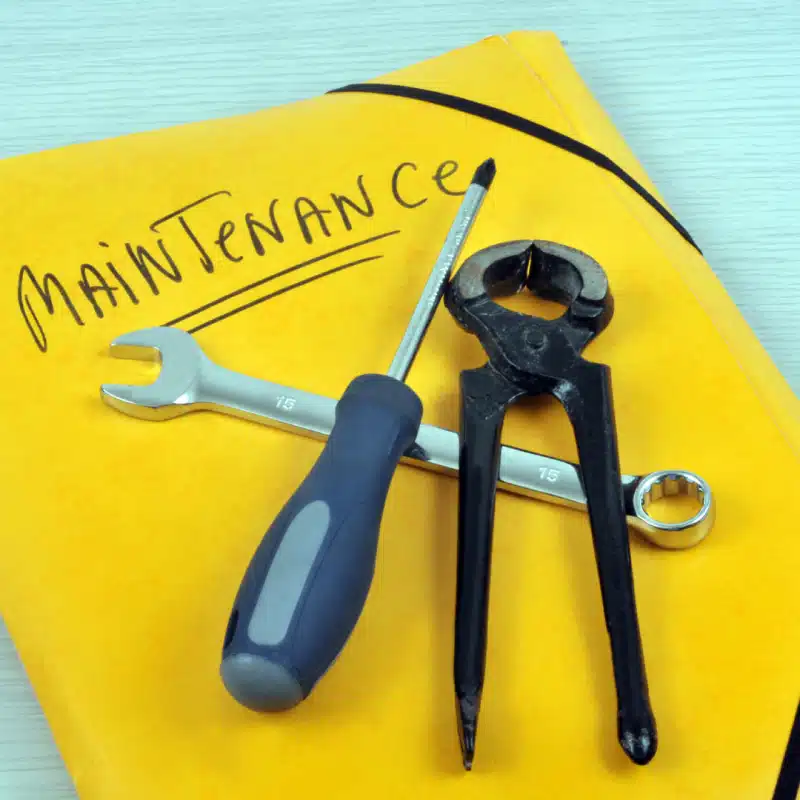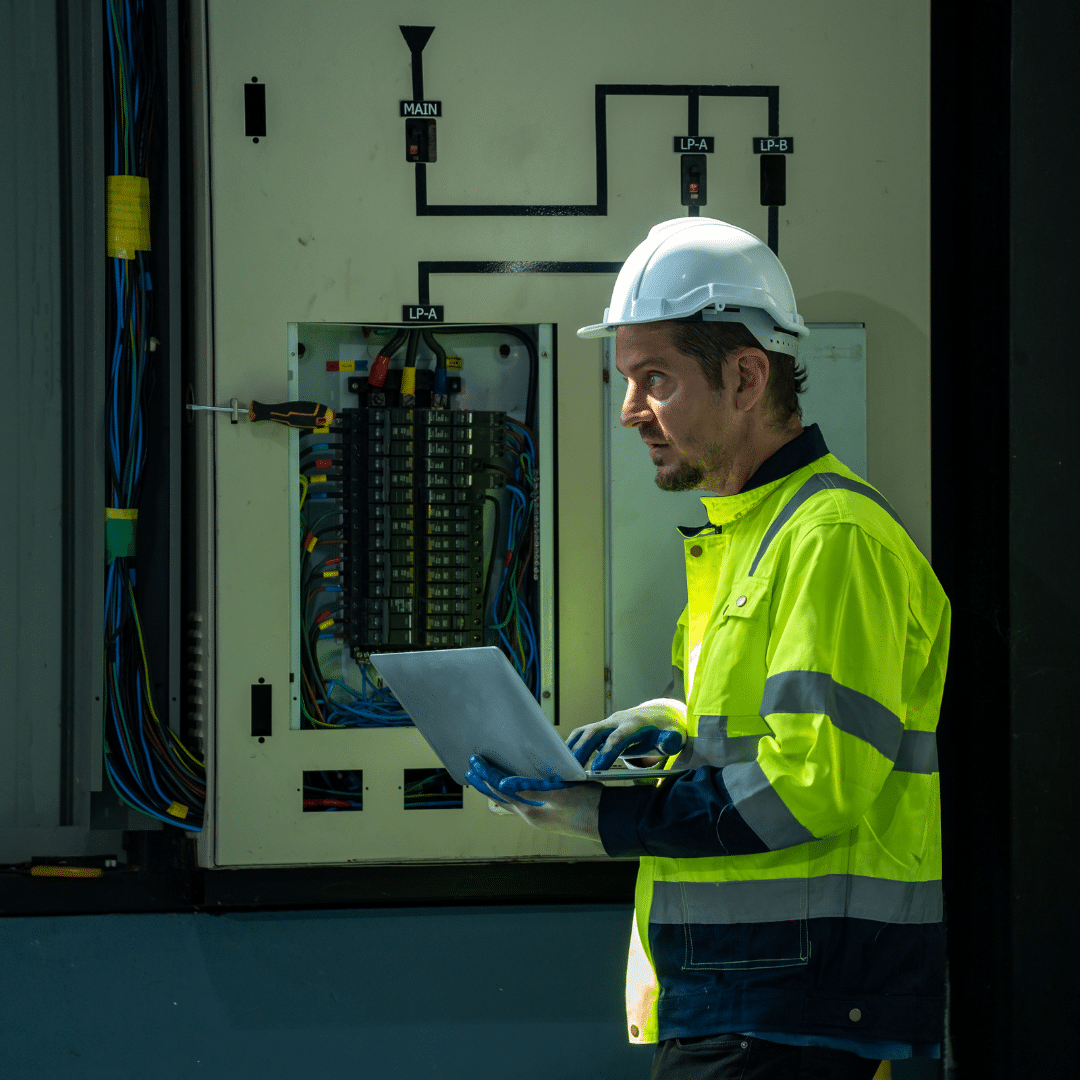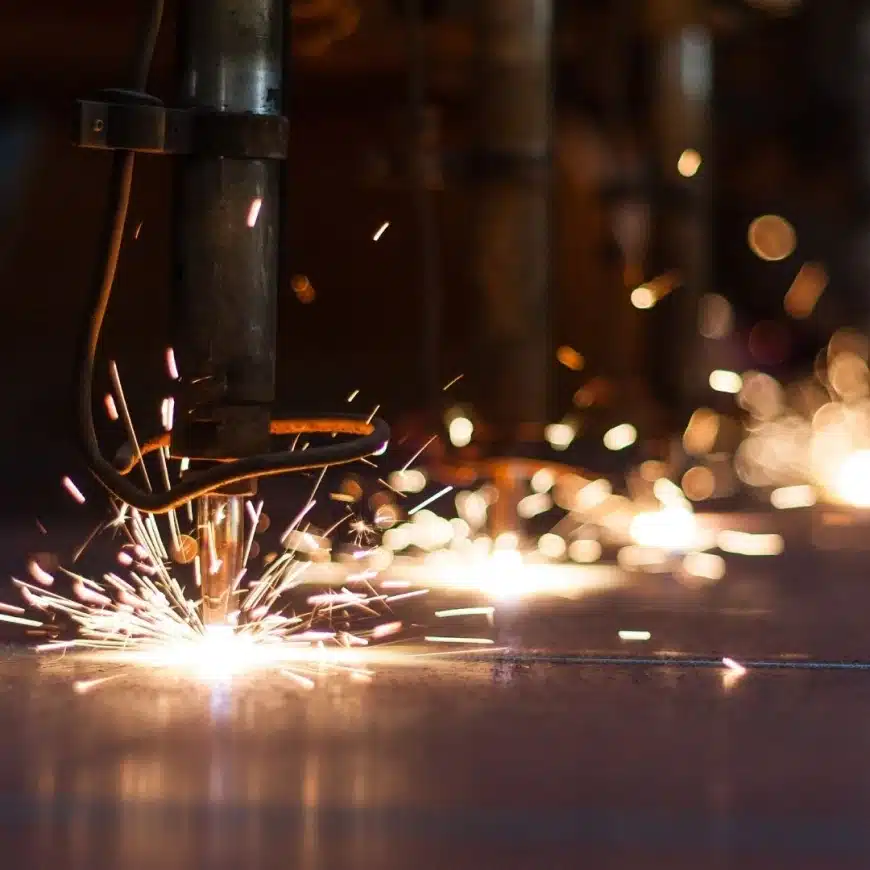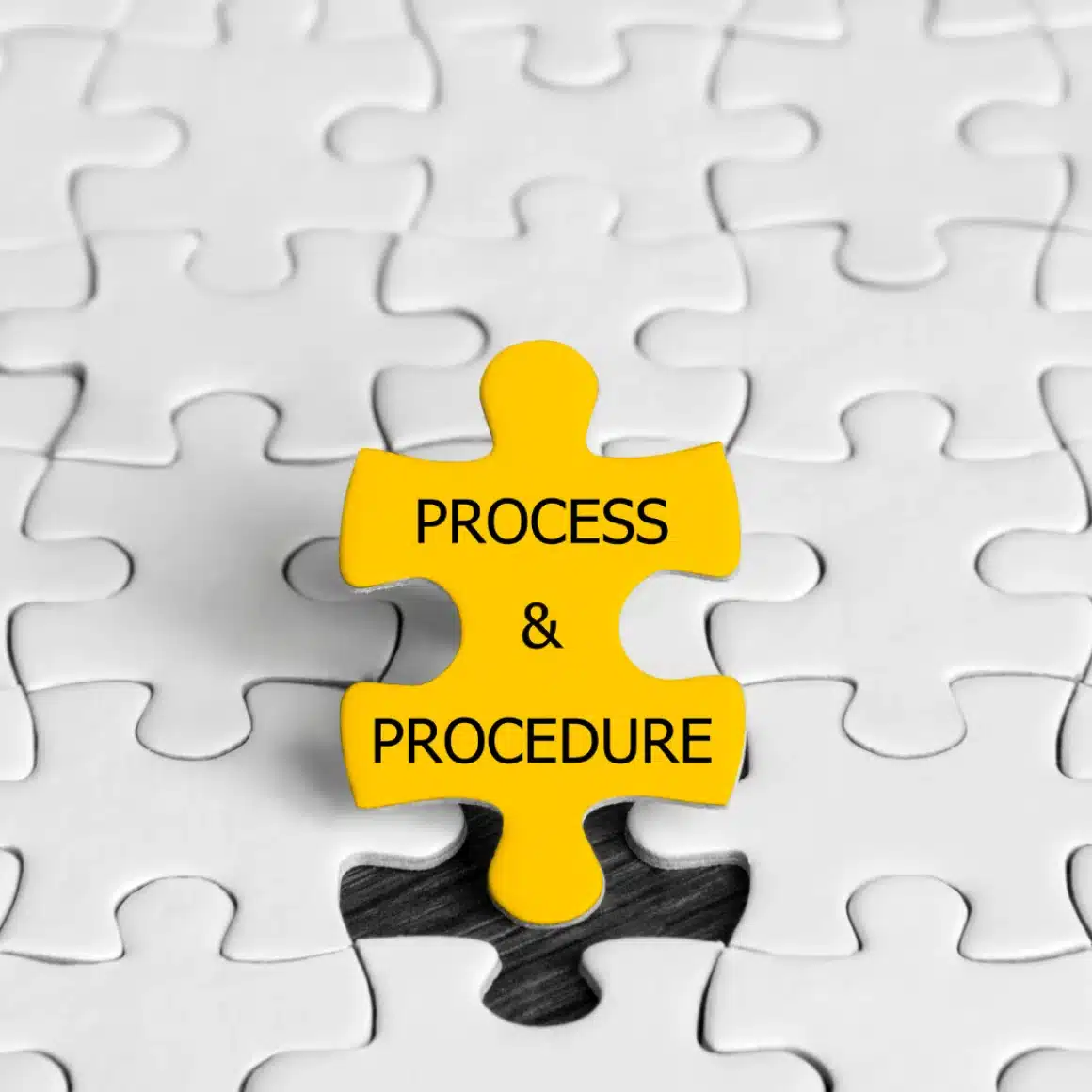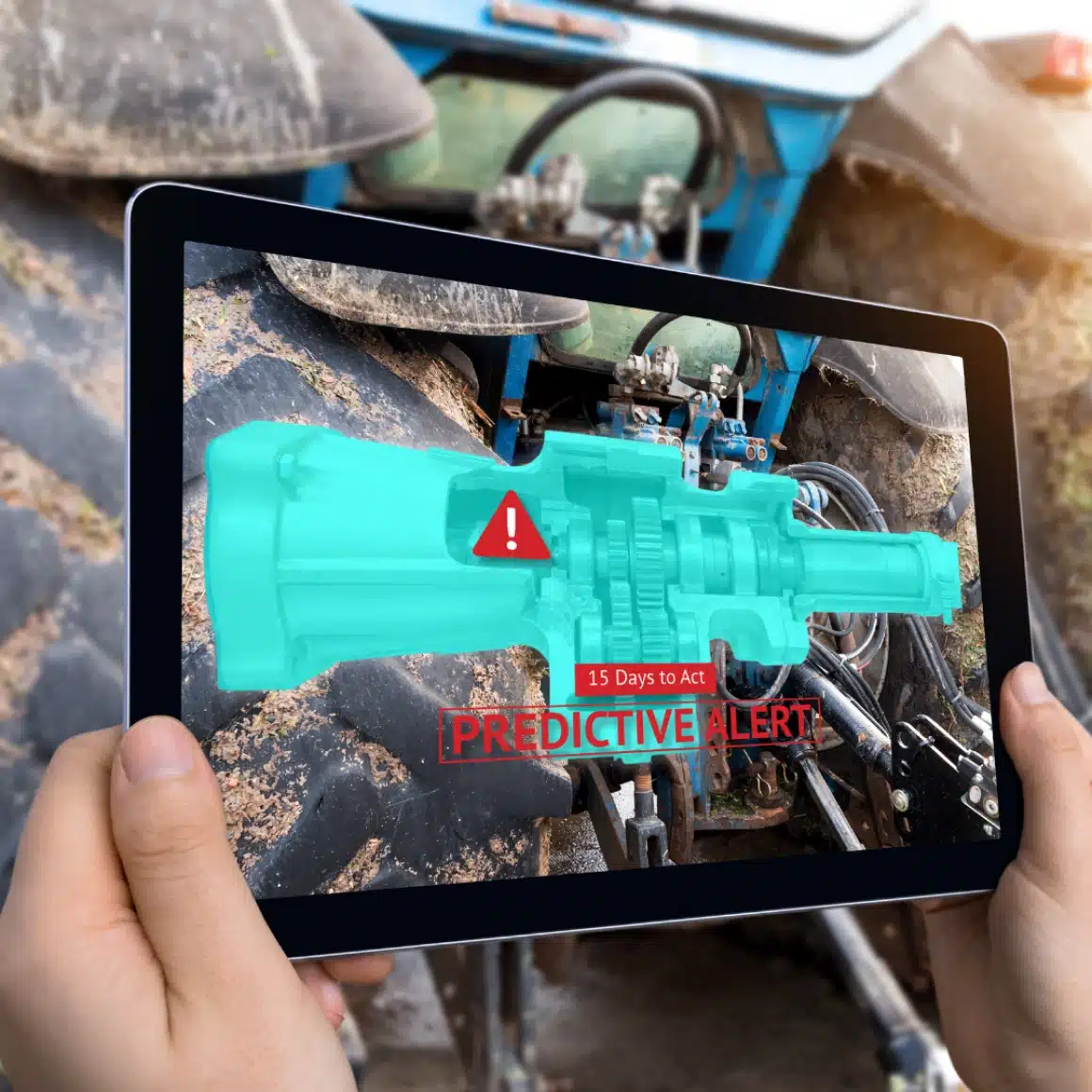On the surface, there is no practical difference between maintenance and repair. Both are tools you use to control assets and equipment. Thanks to these tools, your system continues to work without any disruption. When you manage a maintenance department, you aim to achieve maximum profit. In such cases, significant differences between the two tools will emerge. The better you understand the role each has to play, the easier it will be to manage. The main difference between the two is “when” it is done. So what are the differences between maintenance and repair? How do you reduce costly downtime?

What is a repair?
Repairs are the work you do after your assets or equipment fail. Although this definition is very simple, it is actually completely clear. After breakdown come repairs. Since breakdown is an important part of the definition of repair, it is useful to briefly touch on the issue of failure.
Partial Brakdown
Many breakdowns are partial, meaning the asset or equipment continues to operate. However, this work is not done correctly and may cause major breakdowns.
So, imagine you have a machine that makes cans and you’ve adjusted it perfectly. Let’s say you can make 100 perfect cans every ten minutes. A partial breakdown means it produces 100 cans. However, in this case, production takes 15 minutes instead of 10 minutes. In the opposite case, production takes 10 minutes, but it can only produce 68 cans in ten minutes. As a different partial breakdown, it may be producing the right number of cans at the right time. However, most of these productions may be defective products.
Complete malfunctions
In the event of a complete failure, your asset or equipment stops working completely. This may seem worse than a partial failure, but it is usually better.
Let’s say you have a pool heater that has partially failed. It may be operating at 75 degrees when the required temperature is between 78 and 82 degrees. Or it may only heat the pool for six hours instead of the planned eight hours. Here, the partial fault is not very noticeable. However, if your can machine partially malfunctions, you will be producing hundreds of defective cans without even realizing it. Complete failure will not result in problematic production in similar situations and will not result in different losses.
What is maintenance?
Maintenance, on the other hand, is the work you do before assets and equipment fail. The reason you perform maintenance before failure is that it allows you to avoid malfunctions and related repairs. Just as we divide repairs according to fault types, you can also divide maintenance into different maintenance strategies:
Preventive maintenance
Corrective maintenance
Predictive maintenance
condition dependent maintenance
The difference between these strategies comes down to deciding when to perform maintenance. For example, you plan preventive maintenance inspections by reviewing manufacturers’ recommendations and asset maintenance and repair histories. But in predictive maintenance, you use software to analyze data from sensors mounted on the asset.
But what they all have in common is the idea of avoiding unplanned breakdowns and costly repairs. As a method, they consider the idea that maintenance should be completed before failures.
Should maintenance or repair be aimed?
Maintenance is always better than repairs, when we look at it in more detail;
More Cost
Repairs will always cost you more and in more ways than you think. For example, a pump never lubricates itself and seizes. It requires parts and labor costs to get it working again. But what if you don’t have the parts you need in your inventory? You need to pay express delivery for parts and materials. But what if the pump stops during the night shift? Instead of waiting for a technician to come and fix it the next day, you need to call them right away. This means overtime hours and extra pay. Also, during the time the pump is down, you have operators waiting around. In the worst case, the entire line stops, wasting production time that the organization needs to work on.
More Stress
There is nothing more stressful than working on assets while production line workers stand around and watch. That’s like sitting in your office and waiting for disaster to strike. It is very stressful to know that a malfunction is coming but not knowing exactly when it will happen. When you switch to maintenance and move away from repairs, everything becomes cheaper and less stressful. You won’t have any surprises because you know when inspections and studies will take place. You can be sure you have the right people and parts. Because you know exactly when you need them.

How does CMMS help you with the differences between maintenance and repair?
Modern computerized maintenance management software (CMMS) helps at every step. At the heart of everything is a database, where you keep all your data safe, secure and accessible. Integrated into this database are features for both optional and preventative maintenance.
Faster, longer-lasting repairs
Since repairs are an inevitable part of life, you need to find better ways to deal with them. Having sufficient tools and team for maintenance does not mean that you do not try to prevent failure before it occurs.
With the right CMMS, you can control every aspect of on-demand work orders, from scanning maintenance requests to creating, prioritizing, assigning, and tracking work orders filled with everything technicians need to get the job done right and close quickly. Since everyone on the team has access to the software from any mobile device, you can connect with anyone from anywhere.
Proactive (Timely) maintenance
No matter how good you are at putting out fires, it will always be easier to prevent one before it breaks out.
With the right CMMS, you can establish, schedule and track a robust preventive maintenance program for all your critical assets and equipment. This way you can ensure the team has the right combination of controls and tasks to keep everything running. With the built-in reporting module, you can see exactly how well the team is following the schedule and which assets require more or less attention.
Next Steps
Have you received enough information about the differences between maintenance and repair?
repairist is here to help you. We can answer your questions about the Maintenance Management System, provide information about the software’s key features and benefits, help you access a repairist demo, or even get a free trial.



